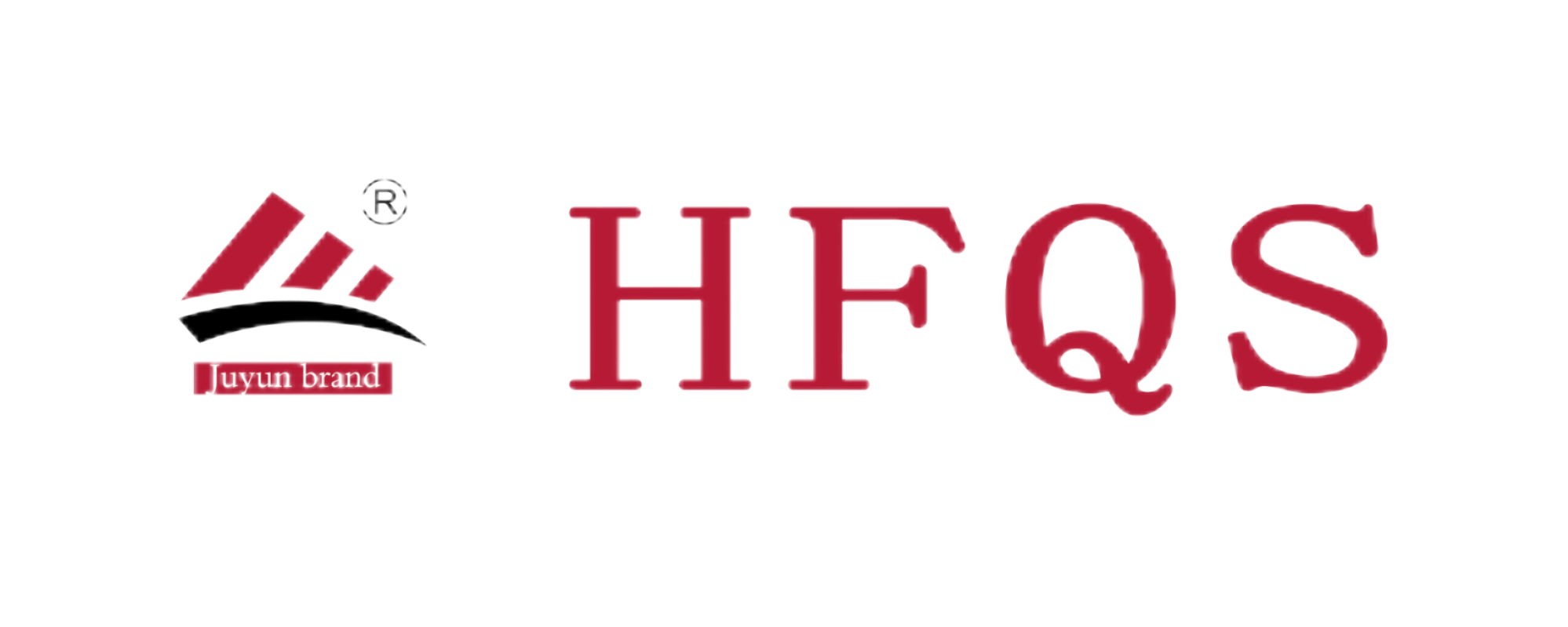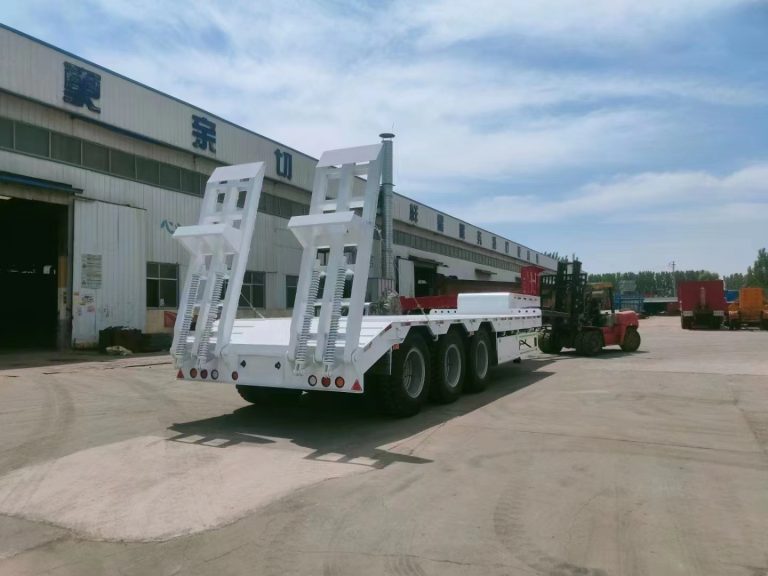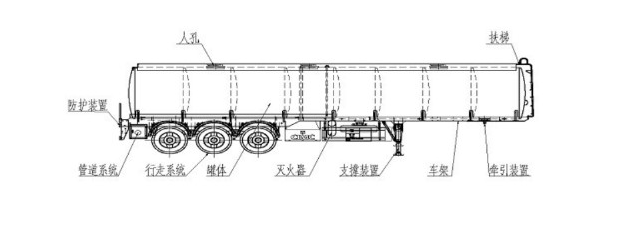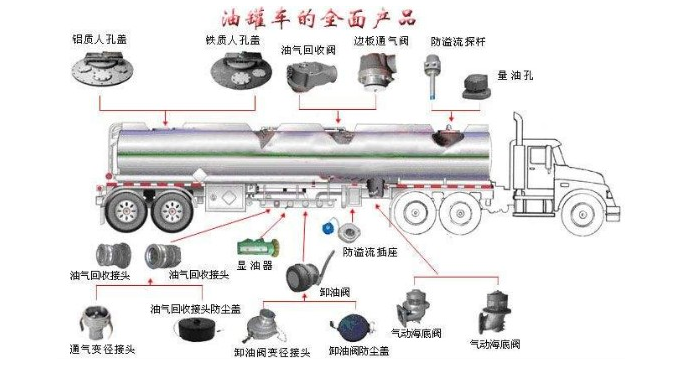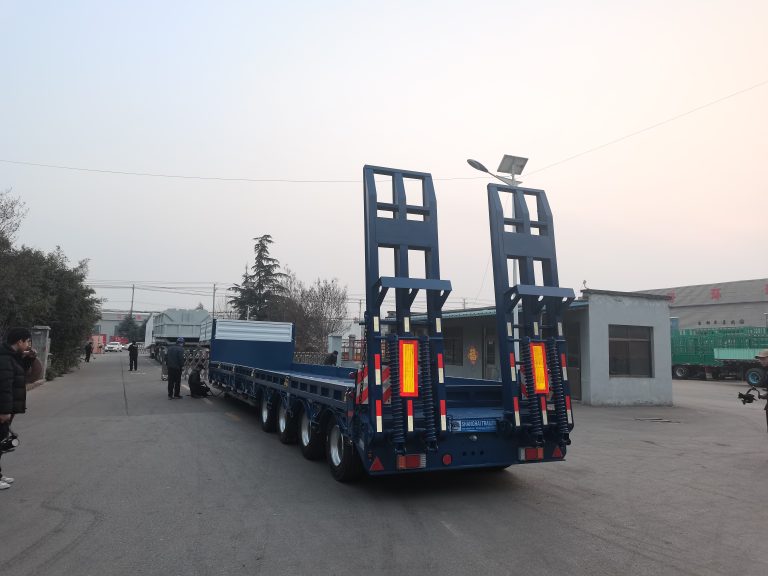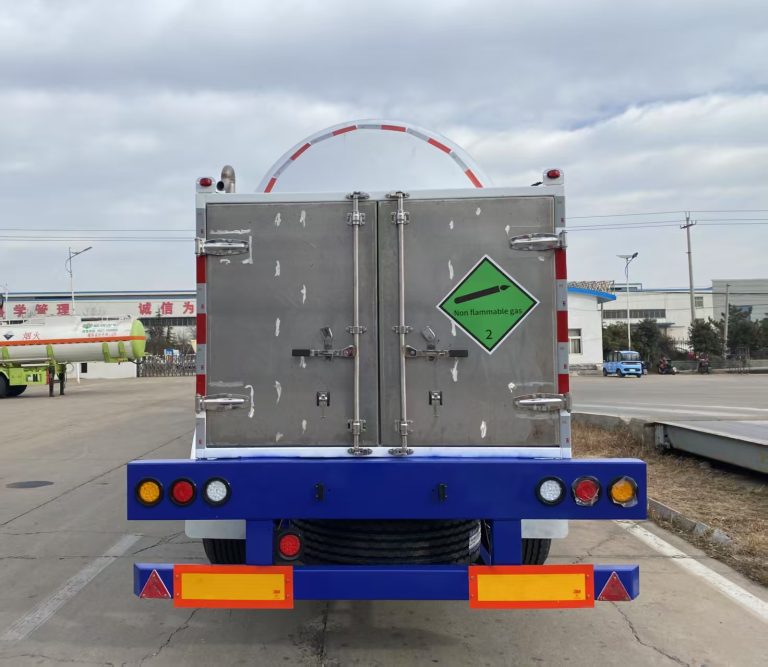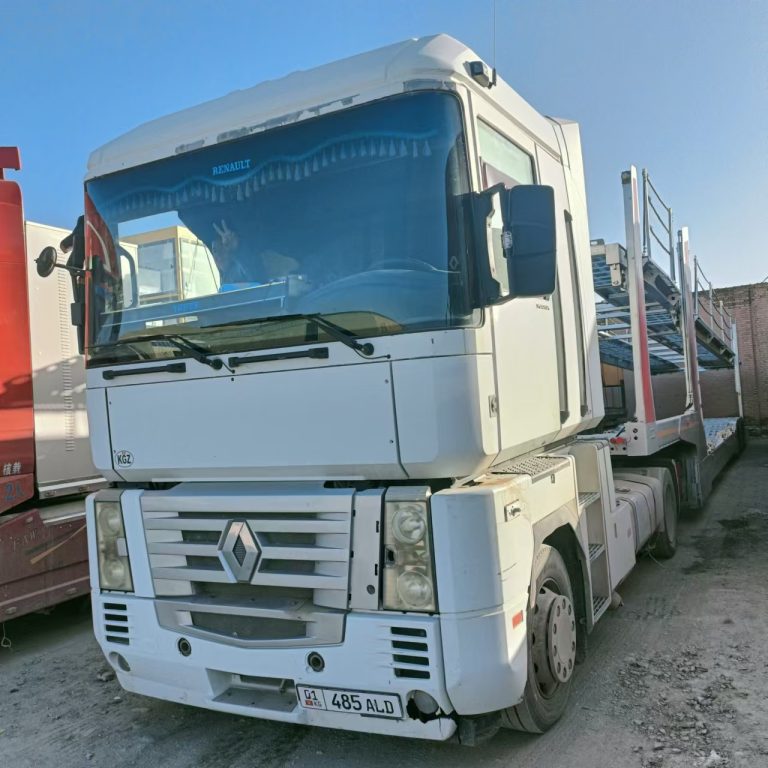The vertical loading and fixing methods of rolling goods are as follows:
Vertical loading method
- Paper roll goods: In principle, paper roll goods should be loaded vertically, and the cross-sections of both ends of the rolls should be ensured not to be contaminated.
- Cable goods: Cables are transported on cable drums. When loading, attention should be paid to the local strength of the bottom of the box. Large cable drums can usually only be loaded in one layer in the container, and brackets are generally used to prevent rolling.
- Steel roll goods: When loading steel rolls, the goods should be close to each other and loaded in the center of the container.
- Cylinder goods: Small tires used for ordinary trucks can be loaded vertically or horizontally, and large tires are generally loaded vertically. The loading method should be studied according to the diameter and thickness of the tires.
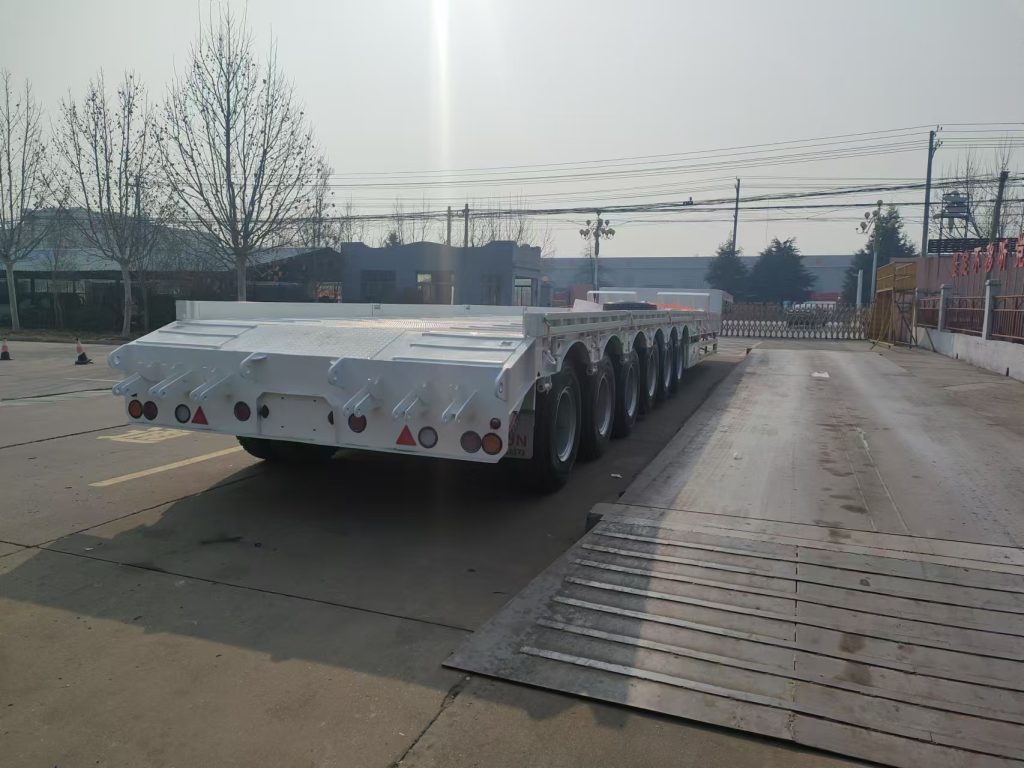
Fixing method
- Paper roll goods: Tie several rolls of paper near the door of the box with several rolls of paper on the inside with steel belts, and fill the gap at the door of the box with fillers.
- Plate goods: Plates are a kind of heavy goods that can only be loaded by machinery, and generally only one layer can be loaded at the bottom of the box. It is best to use a well-shaped coil rack. Large coils can also be fixed to the bottom of the container with straight tie plates, clamps, etc.
- Cable cargo: Large cable reels can only be loaded in one layer in the container, and brackets are generally used to prevent rolling.
- Coiled steel cargo: For coiled steel weighing about 3 tons, in addition to tightening the coiled steel with wire ropes or steel belts through the tie rings in the box, the coils should also be connected with wire ropes or steel belts; for coiled steel weighing about 5 tons, square wooden strips should be used to fix it.
- Cylinder cargo: The loading method should be studied according to the diameter and thickness of the cylinder, and it should be fixed.
